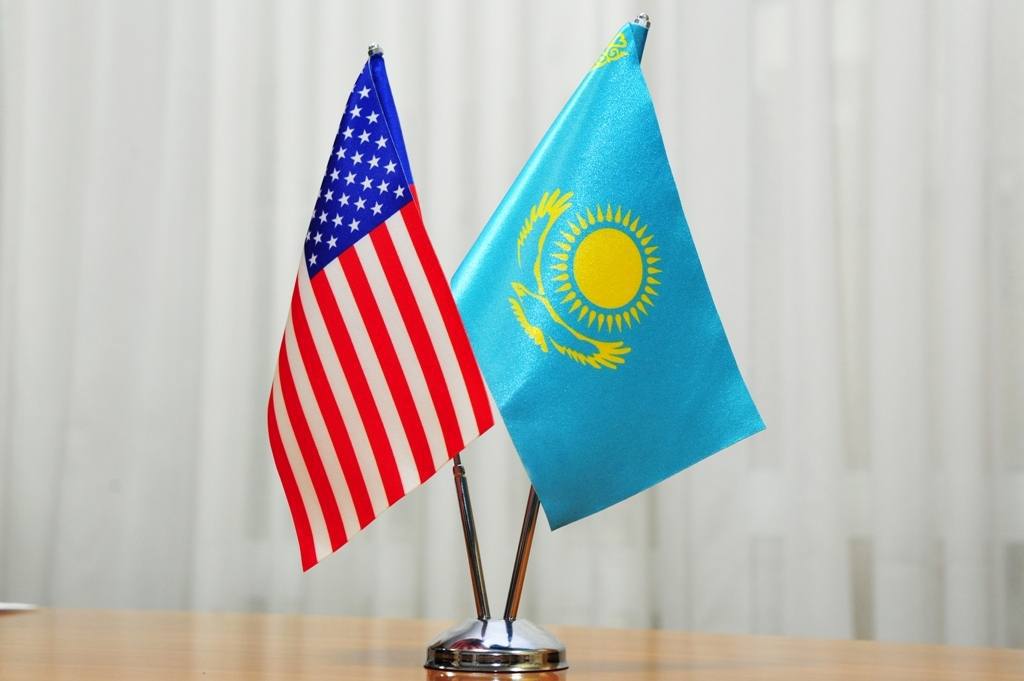BAKU, Azerbaijan, November 5. The Central Asia +1 cooperation format is rapidly emerging as one of the key tools of regional diplomacy, reflecting the growing interest of global powers in this strategically important region. In October, the Central Asia + Russia summit took place in Dushanbe, and just a month later, the United States is holding a similar meeting. This sequence indicates that Washington is intensifying its efforts to strengthen its position in Central Asia, seeking a stable foothold in a space historically dominated by Moscow and Beijing.
For Astana, participation in the C5+1 format with the U.S. holds particular significance. Kazakhstan views engagement with Washington as part of a broader strategy to strengthen sovereignty and enhance economic independence. The summit with the U.S. opens up opportunities for new investment agreements and joint projects with American corporations, fostering development in infrastructure, digital transformation, and the country’s industrial capacity.
During President Kassym-Jomart Tokayev’s visit to New York in September 2025, key directions for Kazakh-American cooperation were outlined. Today, more than 630 American companies operate in Kazakhstan, including Chevron, ExxonMobil, Boeing, Meta, Citibank, and Wabtec. Partnerships in the transport sector are particularly active: a $4 billion agreement with Wabtec covers the development of machinery and international railway corridors. Kazakhstan also cooperates with Boeing, whose aircraft form the backbone of Air Astana and SCAT’s fleets. Planned supply expansions in the coming years are expected to further cement Kazakhstan’s role as a transport and logistics hub in Eurasia. In addition, the U.S. has expressed interest in developing the Middle Corridor as a key route for diversifying trade between Asia and Europe.
The mining sector also remains a significant area of focus. Kazakhstan actively attracts global companies such as Rio Tinto, Anglo American, and Fortescue, while also developing cooperation with the United States in critical minerals—copper, lithium, graphite, and tungsten.
Uranium holds a special place in Kazakhstan’s economy. In 2024, the national company Kazatomprom produced 23,270 tons of uranium, a 10 percent increase from the previous year. The country accounts for about 14 percent of global uranium reserves and over 40 percent of global production, while supplying more than 24 percent of U.S. imports. In 2017, with support from Washington and the Nuclear Threat Initiative (NTI), the IAEA Low-Enriched Uranium Bank was established in Ust-Kamenogorsk, a project funded by nearly $50 million from the United States.
Unlike the oil and gas sector, dominated by major U.S. corporations such as Chevron and ExxonMobil, American companies have no direct involvement in uranium mining. The majority of Kazatomprom’s joint ventures have been formed with partners from France (Orano) and China (CGN). Nevertheless, the United States’ growing interest in joint investments in critical mineral processing underscores Washington’s broader strategy to enhance its own energy security.
Kazakhstan continues to serve as the United States’ principal partner in Central Asia, accounting for approximately 97 percent of the region’s exports to the U.S. and more than half of its combined GDP. For Washington, Astana represents a strategic pivot in Eurasia, characterized by political stability, economic potential, and access to key resources. For Kazakhstan, cooperation with the United States constitutes a pathway toward technological modernization, industrial advancement, and the consolidation of a multi-vector foreign policy.
Thus, U.S. interest in Kazakhstan goes beyond economics, reflecting Washington’s desire to establish a foothold in the heart of Eurasia. For Astana, cooperation with the United States provides a way to balance between global powers, reinforce sovereignty, and develop the economy through access to investment, technology, and innovation. The C5+1 format is evolving into a mechanism for creating a new balance of power in the region, with Kazakhstan playing a central role.







